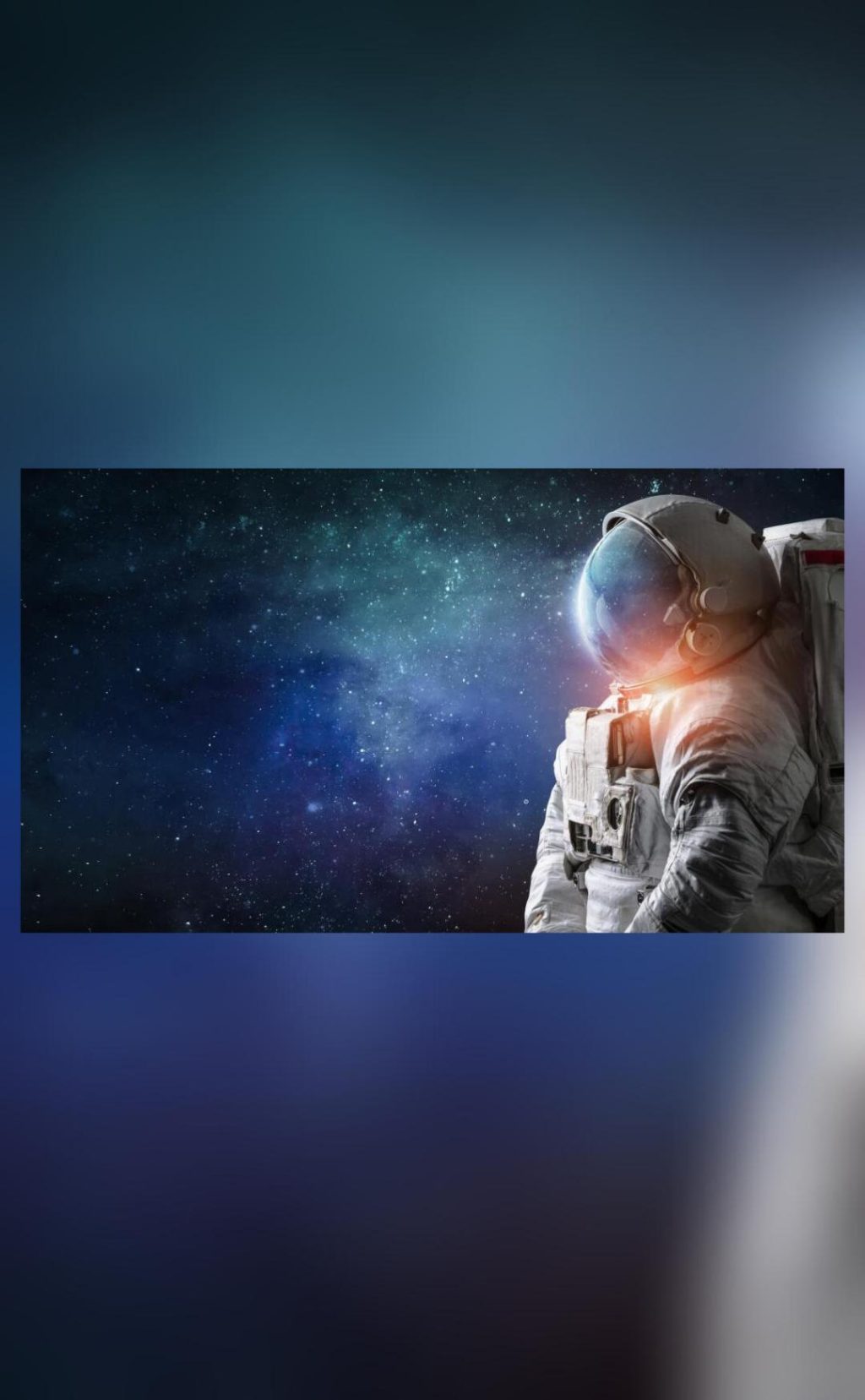
Google & NASA Create AI Medical Assistant for Mars Missions
As humans continue to push the boundaries of space exploration, ensuring the health and well-being of astronauts on long-duration missions to Mars and beyond has become a top priority. To address this challenge, NASA and Google have collaborated to develop an AI-powered medical assistant that can diagnose and treat medical conditions more effectively and efficiently. The Crew Medical Officer Digital Assistant (CMO-DA) is a groundbreaking system that utilizes Google Cloud’s Vertex AI platform to process speech, text, and images, providing a comprehensive and multimodal approach to medical care in space.
Developed as part of NASA’s efforts to enhance medical care for astronauts, the CMO-DA is designed to assist medical officers on mission control teams in making accurate diagnoses and providing timely treatment. The AI system is trained on a vast dataset of medical records, imaging studies, and clinical reports, allowing it to learn from real-world examples and adapt to new situations.
In a recent demonstration, the CMO-DA showed impressive diagnostic accuracy rates of 88% for ankle injuries and 80% for ear pain, outperforming human medical officers in some cases. This milestone achievement highlights the potential of AI-powered medical assistants in space exploration, where timely and accurate diagnosis is crucial for ensuring the health and safety of astronauts.
The CMO-DA’s multimodal capabilities enable it to analyze various forms of data, including:
- Speech: The AI system can transcribe and analyze conversations between medical officers and astronauts, allowing it to identify symptoms, medical histories, and treatment plans.
- Text: The CMO-DA can process electronic health records, medical reports, and other textual data to provide a comprehensive understanding of an astronaut’s medical condition.
- Images: The AI system can analyze medical imaging studies, such as X-rays and MRIs, to identify abnormalities and diagnose conditions.
By integrating these different data sources, the CMO-DA can provide a more accurate and complete picture of an astronaut’s medical condition, enabling medical officers to make more informed decisions about diagnosis and treatment.
The development of the CMO-DA is a significant step forward in the integration of AI and machine learning into space medicine. As NASA and Google continue to refine and improve the system, it has the potential to revolutionize medical care in space exploration.
Challenges and Opportunities
While the CMO-DA is a significant achievement, there are still several challenges that need to be addressed before it can be deployed on Mars missions. One of the primary concerns is ensuring the system’s ability to function in the harsh environment of space, where communication networks and computing resources may be limited. Additionally, the AI system will need to be able to adapt to new and unexpected medical conditions, as well as integrate with existing medical equipment and systems.
However, the opportunities presented by the CMO-DA are vast and exciting. As NASA and Google continue to develop and refine the system, it has the potential to not only improve medical care in space exploration but also to enhance medical care on Earth. The CMO-DA’s multimodal capabilities and ability to analyze complex medical data could potentially be applied to a wide range of medical specialties, from primary care to specialized fields like oncology and cardiology.
Conclusion
The development of the Crew Medical Officer Digital Assistant (CMO-DA) is a significant milestone in the integration of AI and machine learning into space medicine. The AI system’s multimodal capabilities and ability to analyze complex medical data make it an invaluable tool for medical officers on mission control teams. As NASA and Google continue to refine and improve the CMO-DA, it has the potential to revolutionize medical care in space exploration and beyond.
Source:






